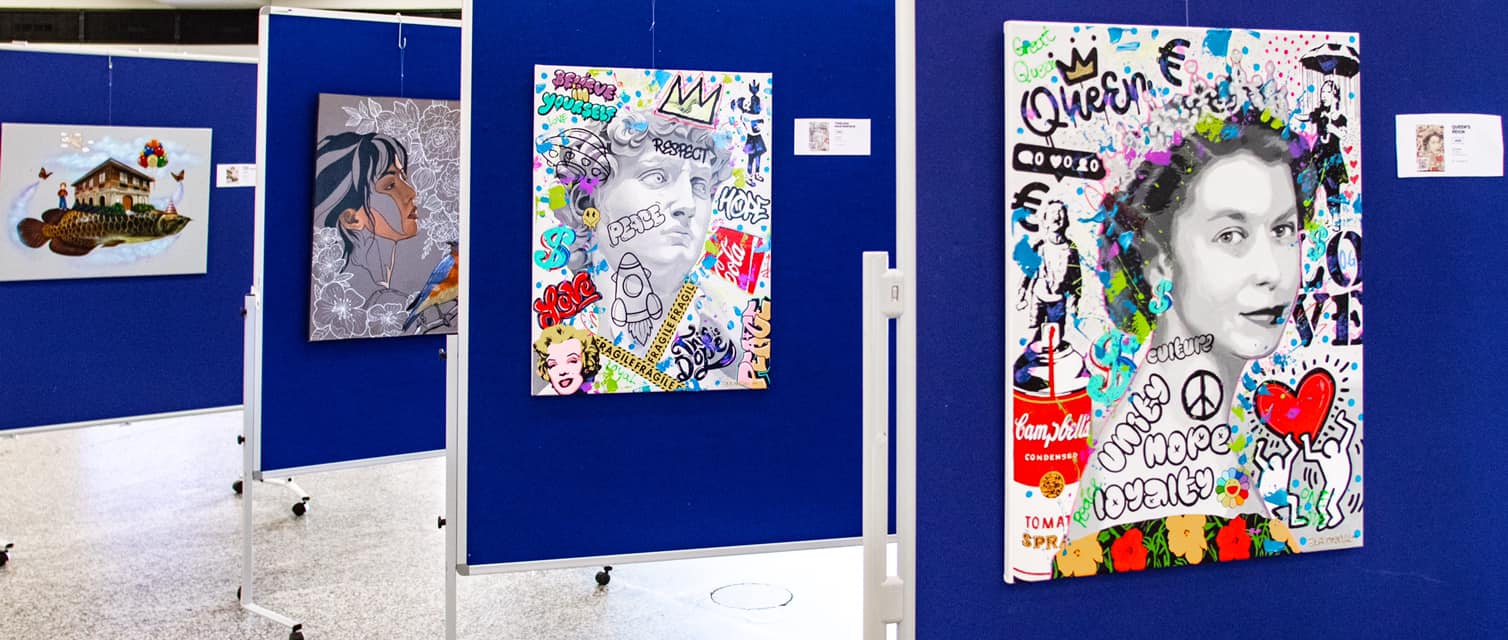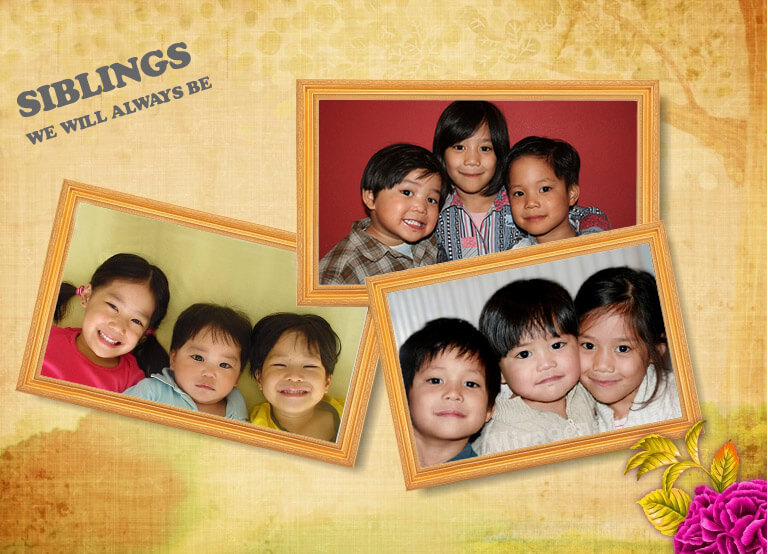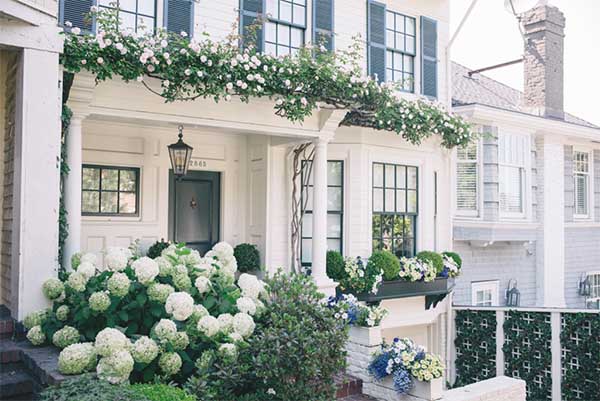
When I first saw one of Ela’s paintings, I blurted out, “John Lennon’s wall”! It is a famous and colorful graffiti-covered wall in Prague that has become a symbol of peace, love, and artistic expression. It is not directly related to the Beatles’ John Lennon but was named after him because of the many images of Lennon and Beatles song lyrics that were initially painted on the wall in the 1980s.
The wall became a canvas for artists and activists who used it to express their thoughts, opinions, and messages of peace during a time when Czechoslovakia was under communist rule. To this day, the John Lennon Wall serves as a powerful reminder of the importance of artistic expression and the desire for freedom and peace.
Ela’s paintings, heavily influenced by graffiti and lowbrow art, depict a main image, like Queen Elizabeth or David (statue of Michelangelo), splashed with positive words, cultural references, and colorful other knick-knacks. It’s like a beautiful graffiti in a frame but if you look closer, you will see the creativity and open-mindedness the painting emits to encourage critical thinking and perhaps, social reflection.
Ela takes inspiration from Andy Warhol and Keith Haring, referencing both in most of her works.

Ela’s husband, Ejem Alarcon, is also a very established artist in the Lowbrow art scene. His works are in the same genre but his lean toward a more realistic approach, with highly detailed and imaginative paintings that often include a menagerie of animals. He is the eldest of a brood whose artistic skills have become popular throughout the art scene.
Ejem developed a love for dogs as a child. He was even a dog trainer at one point. He sees dogs as a symbol for guidance, fidelity, devotion, and attentiveness. His love for them can be seen in many of his artworks.
Lowbrow art
Lowbrow art, also known as “pop surrealism” or “alternative art,” is a contemporary art movement that emerged in the late 20th century, primarily in the United States. It is characterized by its rejection of traditional art aesthetics and its embrace of popular culture, subcultures, and countercultural elements. Lowbrow art often incorporates elements from comic books, street art, punk rock, tattoo culture, and other subversive or unconventional sources.
Features of Lowbrow art:
Pop Culture Influence: Lowbrow artists draw inspiration from popular culture, including comic books, vintage advertising, cartoons, B-movies, science fiction, and fantasy. These elements are often recontextualized or transformed in unique and unexpected ways.
Surreal and Fantastic Imagery: Lowbrow art frequently incorporates surreal and fantastical elements, often blurring the lines between reality and fantasy. This can include bizarre and dreamlike scenes, otherworldly creatures, and imaginative landscapes.
Subversive Themes: Many Lowbrow artworks challenge societal norms and traditional values, often through satire, humor, or provocative imagery. Social commentary and political statements are not uncommon in this genre.

Technical Diversity: Lowbrow art encompasses a wide range of artistic styles and techniques, from highly detailed and realistic rendering to more loose and expressive forms. Artists often experiment with various mediums, including painting, sculpture, digital art, and mixed media.
Iconic Characters: Lowbrow art is known for creating and popularizing iconic characters, often with a dark or edgy twist. These characters can become recurring motifs in an artist’s work.
Outsider and DIY Aesthetics: The Lowbrow movement has strong ties to DIY (do-it-yourself) culture and outsider art. Many artists are self-taught or come from unconventional artistic backgrounds.
Underground and Alternative Galleries: Lowbrow art often finds its home in alternative galleries, urban art spaces, and street art exhibitions rather than traditional fine art institutions. This reflects its countercultural and rebellious nature.
Influential Artists: Prominent Lowbrow artists include Robert Williams, Mark Ryden, Todd Schorr, and Camille Rose Garcia, among others. These artists have played a significant role in shaping and popularizing the movement.
It’s important to note that Lowbrow art is not limited to any one style or set of themes. It is a diverse and evolving movement that continues to push boundaries and challenge conventions in the art world. While it has roots in subcultures and underground art scenes, it has gained recognition and a growing fanbase over the years, blurring the lines between high and low art.

Painter Couple’s Unique Dynamic
Being both painters as husband and wife can be a unique and rewarding experience, but it also comes with its own set of challenges and dynamics. Ejem and Ela would be the perfect depiction to this dynamic.
1. Shared Passion: One of the most significant advantages is that each share a deep passion for art. This common interest can be a source of inspiration and motivation for couples. They can bounce ideas off each other, critique each other’s work, and collaborate on projects if they choose to do so.
2. Understanding: They both understand the creative process intimately, including the ups and downs, the moments of inspiration, and the periods of frustration. This understanding can foster empathy and support when one is facing creative blocks or challenges in your work.
3. Collaborative Opportunities: Being painters as a couple provides them with the opportunity to collaborate on artistic projects. This can lead to the creation of unique and interesting artworks that blend the couple’s individual styles and perspectives.

4. Critique and Feedback: They have a built-in critic and mentor in each other. They can provide honest and constructive feedback on each other’s work, which can help both of them grow as artists. However, it’s crucial to approach this aspect with sensitivity and respect for each other’s artistic vision.
5. Healthy Rivalry: While healthy competition can be motivating, it’s essential to manage any feelings of competition that may arise. Art is subjective, and it’s crucial to remember that styles and artistic journeys are unique. Instead of competing, they focus on supporting each other’s growth.
6. Balancing Personal and Professional Life: Balancing personal and professional lives can be challenging. When both are deeply immersed in their art, it might be tempting to spend all time in their studios. It’s essential to find a balance that allows each other to nurture the relationship outside of art as well.
7. Respecting Differences: Couples likely have different artistic styles, preferences, and approaches. It’s essential to respect these differences and avoid imposing artistic vision on each other. Embrace the diversity in art, which can enrich creative lives.
9. Networking and Art Community: Being part of an art community and networking with other artists can be beneficial. Attending exhibitions, art events, and connecting with fellow artists can help both grow their artistic careers and gain exposure.
10. Emotional Support: In the challenging world of art, emotional support from a spouse who understands the artistic struggles can be invaluable. They can lean on each other for encouragement during tough times and celebrate each other’s successes.







Ela Andal and Ejem Alarcon’s art is captivating! Their unique styles and creative vision are truly inspiring.
I have been to Prague but didn’t see the wall!! Sounds like a good excuse to go back (not that I need one, I loved Prague). 🙂 I like the art. Very nice.